5 Spicy Secrets to Mastering Indian Cuisine at Home (Without Setting Off the Smoke Alarm)
Welcome, spice lovers and culinary adventurers! Whether you're a seasoned pro with a spice rack that could rival a professional kitchen or a curious home cook looking to add some global flair to your meals, this guide is for you. Today, we’re diving headfirst into the vibrant world of Indian cuisine — a land where every bite tells a story and every dish dances on the tongue.
Table of Contents
- Why Indian Cuisine?
- The Spice Lineup: Meet Your Flavor Avengers
- Techniques That Turn Up the Heat (Without Melting Your Pan)
- Three Must-Try Recipes for Every Spice Enthusiast
- Essential Tools & Tips for Indian Cooking Success
- Final Thoughts: Spice It Up, the Right Way!
Why Indian Cuisine?
Let’s face it — Indian food is like the Beyoncé of the spice world. It’s bold, beautiful, and has something for everyone. From creamy kormas to fiery vindaloos, there's no shortage of flavor profiles to explore. But here's the catch: cooking authentic Indian dishes at home can feel like trying to solve a Rubik’s cube blindfolded... while wearing oven mitts.
The secret? Understanding spices — not just what they are, but how to use them. And once you crack that code, you’ll be whipping up curries faster than you can say “garam masala.”

The Spice Lineup: Meet Your Flavor Avengers
If you think Indian cooking is all about chili powder, think again. The real magic lies in layering multiple spices — often toasted first — to build complex flavors. Let’s break down the usual suspects:
| Spice | Flavor Profile | Best Used In | Tips |
|---|---|---|---|
| Cumin (Jeera) | Eartyh, nutty, warm | Dals, curries, chaats | Toast whole seeds in oil for maximum aroma |
| Coriander (Dhaniya) | Citrusy, floral, slightly sweet | Curries, chutneys, marinades | Use both seeds and fresh leaves |
| Turmeric (Haldi) | Bitter, earthy, golden color | Rice dishes, lentils, soups | Add early; pairs well with black pepper |
| Garam Masala | Warm, aromatic, customizable | Dal, biryanis, meat dishes | Add toward end for best flavor |
| Mustard Seeds | Pungent, nutty, slightly bitter | Southern Indian dishes like sambar | Sizzle in hot oil until they pop |
| Fenugreek (Methi) | Bitter, maple-syrup-like aftertaste | Methi paneer, pickles, flatbreads | Use sparingly unless you're a fan of bitterness |
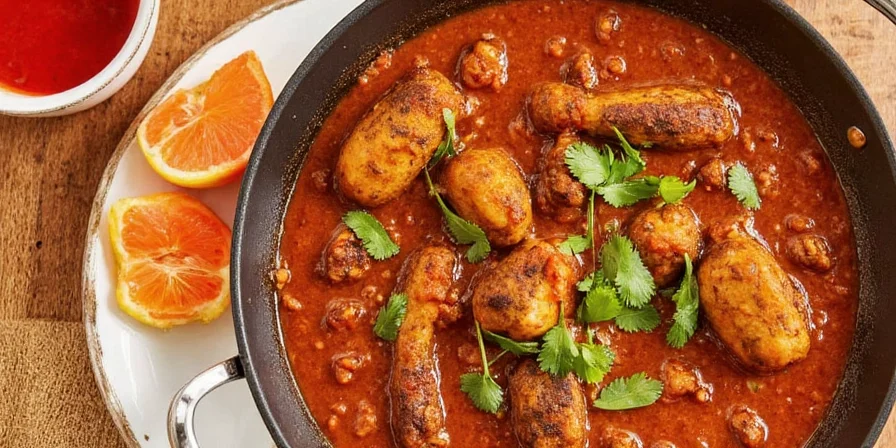
Techniques That Turn Up the Heat (Without Melting Your Pan)
Now that you’ve met the spice squad, let’s talk technique. Indian cooking isn’t just about throwing everything into a pot. There’s an art to building flavor, and it starts with how you treat those spices.
1. Toast, Don’t Roast
Toasting spices brings out their essential oils and unlocks layers of flavor. But don’t go overboard — if you burn them, they turn bitter. Always toast over medium heat and keep the pan moving.
2. The Tadka Trick
This is the soul of many Indian dishes. A quick tempering of mustard seeds, curry leaves, onions, garlic, or chilies in hot oil adds instant depth and texture. Add it at the beginning or end of your recipe depending on the dish.
3. Layer, Don’t Rush
Indian food builds flavor in stages. Start with aromatics (like onions and ginger), add base spices, then tomatoes or yogurt, and finally the main ingredient. This layering creates richness without needing cream or butter.

Three Must-Try Recipes for Every Spice Enthusiast
Ready to get cooking? Here are three foolproof recipes that highlight the beauty of Indian spices — from easy weeknight meals to showstoppers for guests.
1. Butter Chicken (Murgh Makhani)
- Serves: 4-6
- Prep Time: 20 mins
- Cook Time: 45 mins
Ingredients
- Chicken thighs – 1 kg
- Yogurt – 200g
- Ginger-garlic paste – 1 tbsp
- Kashmiri chili powder – 1 tsp
- Tandoori masala – 1 tbsp
- Ghee – 2 tbsp
- Onions – 2 large, finely chopped
- Tomato puree – 300g
- Cream – 100ml
- Garam masala – 1 tsp
- Fresh coriander – for garnish
Steps
- Mix chicken with yogurt, ginger-garlic paste, chili, and tandoori masala. Marinate for at least 2 hours.
- Grill or bake until cooked through.
- In a pan, sauté onions until golden, add tomato puree, garam masala, and simmer until thickened.
- Add grilled chicken and simmer another 10 minutes.
- Stir in cream and finish with ghee and coriander.
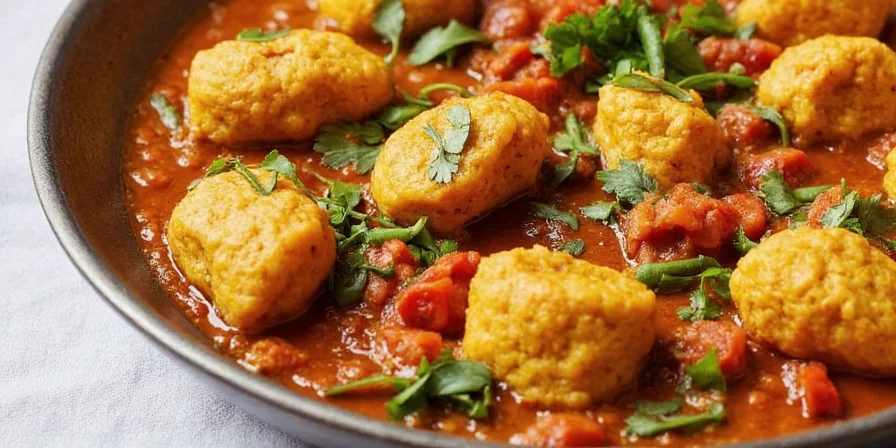
2. Chana Masala (Spiced Chickpeas)
- Serves: 4
- Prep Time: 10 mins
- Cook Time: 30 mins
Ingredients
- Canned chickpeas – 2 cans
- Onion – 1 large
- Garlic – 3 cloves
- Ginger – 1 inch grated
- Turmeric – ½ tsp
- Kashmiri chili powder – 1 tsp
- Cumin – ½ tsp
- Garam masala – 1 tsp
- Tomato puree – 200g
- Coriander powder – 1 tsp
- Fresh lime juice – to taste
- Cilantro – for garnish
Steps
- Heat oil in a pan and add cumin seeds. Once they sizzle, add chopped onion and sauté until soft.
- Add ginger and garlic, sauté briefly.
- Add all dry spices and stir to coat the onions.
- Add tomato puree and cook until oil separates.
- Add chickpeas, stir well, and simmer for 15–20 minutes.
- Finish with lime juice and cilantro.
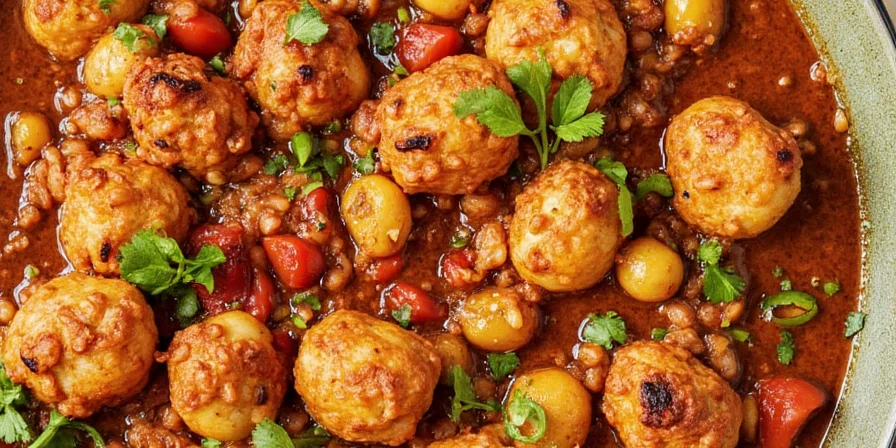
3. Dal Tadka (Lentils with Tempered Spices)
- Serves: 4
- Prep Time: 10 mins
- Cook Time: 40 mins
Ingredients
- Yellow split lentils – 200g
- Water – 6 cups
- Onion – 1 small
- Green chili – 1 slit
- Tomato – 1 chopped
- Ginger – 1 tsp grated
- Turmeric – ½ tsp
- Red chili powder – ½ tsp
- Garam masala – ½ tsp
- Curry leaves – a few
- Mustard seeds – ½ tsp
- Asafoetida (Hing) – pinch
- Ghee – 1 tbsp
Steps
- Wash lentils and cook with turmeric and water until soft (about 25–30 minutes).
- In a separate pan, heat ghee and add mustard seeds, curry leaves, hing, onion, green chili, and sauté until golden.
- Add tomato, ginger, chili powder, and cook until tomatoes break down.
- Add this tadka to the cooked dal, season, and simmer for 10 more minutes.
- Finish with garam masala and serve hot with rice or roti.
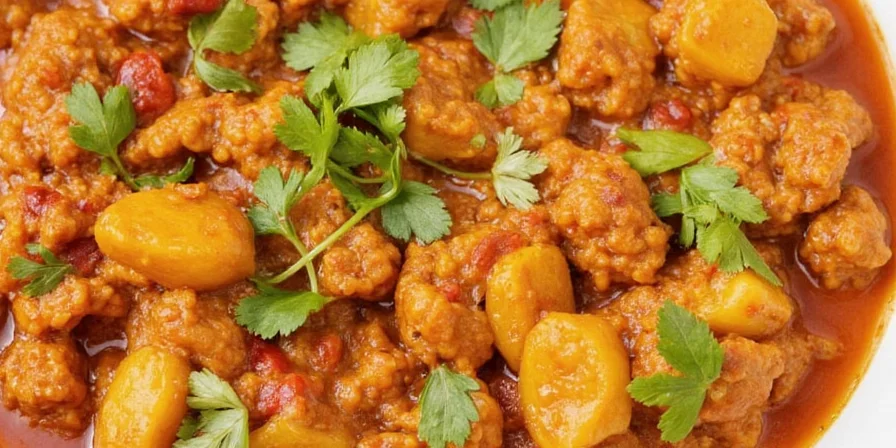
Essential Tools & Tips for Indian Cooking Success
You don’t need a full-blown commercial kitchen to nail Indian cuisine. Just a few key tools can make all the difference between a ho-hum meal and a flavor-packed masterpiece.
- Mortar and Pestle: For crushing whole spices and making pastes by hand. Adds depth you won’t get from pre-ground powders.
- Cast Iron or Stainless Steel Skillet: Even heat distribution is crucial when tempering spices or caramelizing onions.
- Pressure Cooker: A lifesaver for dals, legumes, and slow-cooked curries. Cuts cooking time dramatically.
- Clay Pot (Handi): If you want restaurant-style results, especially with biryanis or kormas, nothing beats the moisture retention of a clay pot.
- Quality Ghee: Not just a fat — it’s a flavor booster. Choose clarified butter made from grass-fed cows if possible.
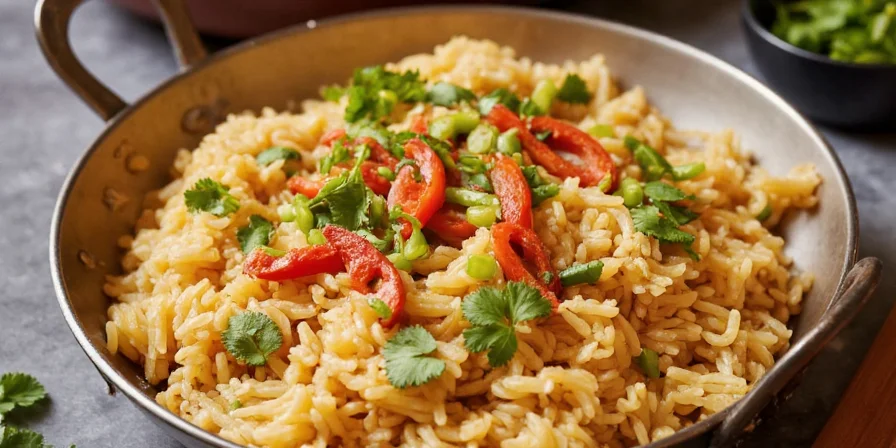
Final Thoughts: Spice It Up, the Right Way!
Mastering Indian cuisine doesn’t mean memorizing 100-page spice encyclopedias. It’s about understanding how flavors work together and using techniques that amplify each ingredient’s strengths. With these recipes and tips, you’re now armed to bring the magic of Global Spice Traditions into your own kitchen.
Remember: spice is not just about heat — it’s about harmony. So don’t be afraid to experiment, adjust, and even improvise. After all, the best dishes come from a little bit of tradition and a whole lot of love.
Pro Tip:
- Store your spices in airtight containers away from light and heat.
- Buy whole spices and grind them yourself as needed for fresher flavors.
- Make your own garam masala blend — it personalizes your dishes and keeps things interesting.
So go ahead… spice it up. You’ve got this!

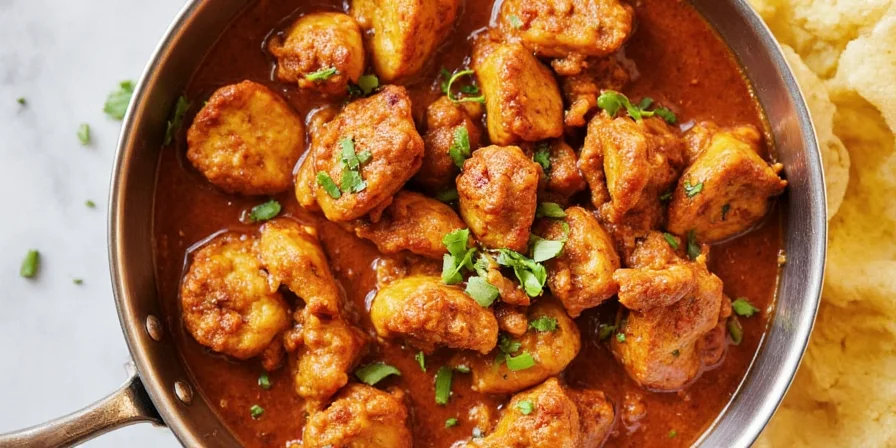









 浙公网安备
33010002000092号
浙公网安备
33010002000092号 浙B2-20120091-4
浙B2-20120091-4